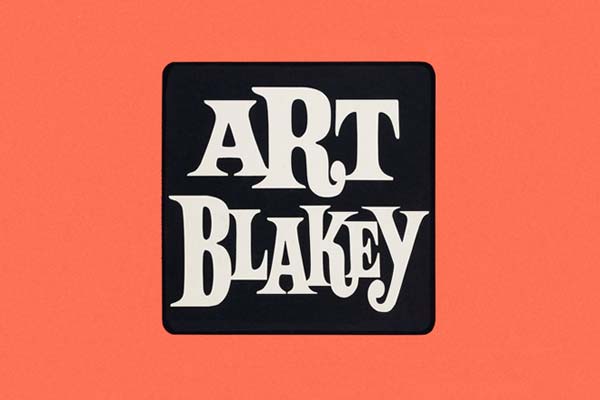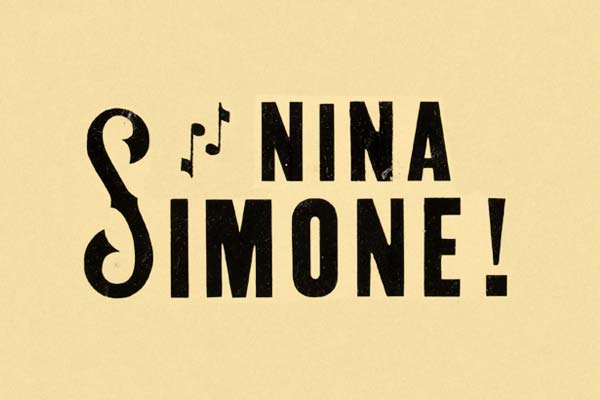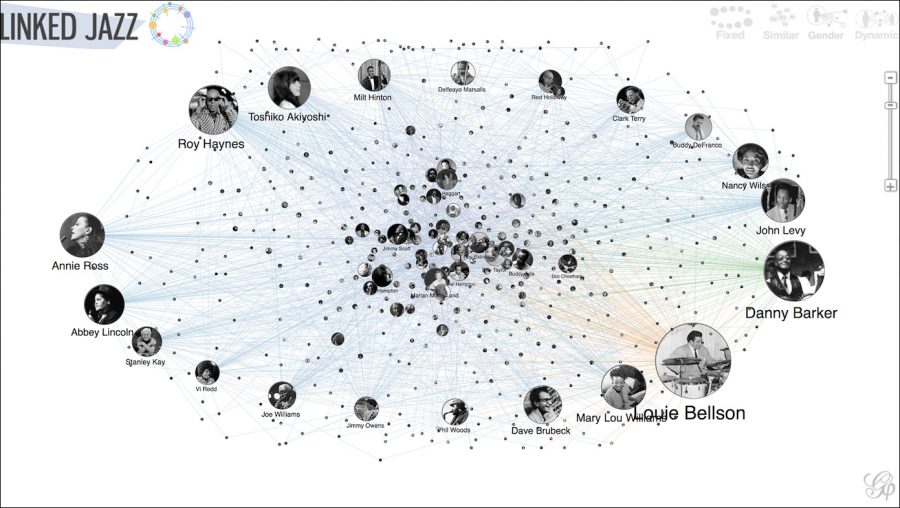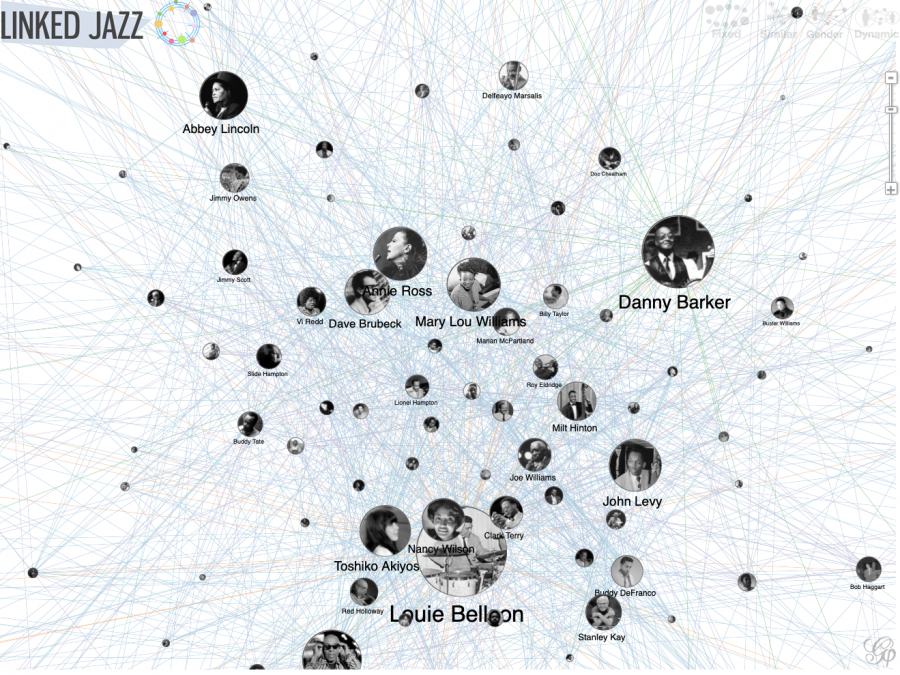People do not understand how hard a jazz musician works for a living. I’m not putting nobody down, but I’m telling you nobody understands how hard jazz musicians work. Jazz is not big in the US, because the States are too worried about Pac-Man and The Police. — Jaco
When Jaco Pastorius uttered the quote above in a typically entertaining and insightful interview with Guitar World from 1983, he meant no disrespect to the members of The Police. It’s safe to say, in fact, that Pastorius significantly influenced crossover subgenres in punk, New Wave, and No Wave, through compositions like “Punk Jazz” — “a real jazz players stab at a brave new music,” writes Guitar World’s Peter Mengaziol. In general, Pastorius’ music was “a fusion with energy but without overkill.” He absorbed influences from everywhere, and nothing seemed out of bounds in his playing. “I am not an original musician,” he says in the same interview:
I am a thief…. You see, I rip off everything. I have no originals. Only animals and children can understand my music; I love women, children, music, I love everything that’s going in the right direction, everything that flows… I just love music. I don’t know what I’m doing!
It’s not that Pastorius necessarily thought of jazz as a more elevated form than rock or funk or soul or pop — hardly. He regarded Hendrix with the same worshipful awe as he did Motown bassist Jerry Jemmott, and both equally informed his playing and showmanship. Yet he seemed to feel under-appreciated in his time, and that is probably because he was, even though he was acclaimed as one of the world’s greatest bass players during his brief 35 years, and he radically altered the sound of popular music on albums by Joni Mitchell and other non-jazz-world stars.
But Pastorius knew that few understood what he was trying to do with jazz-rock groups like Weather Report and Blood, Sweat & Tears and in his solo work. He knew he could sell records and sell out performances, but he didn’t care about commerce. (He spent the last few years of his life sleeping on park benches.)
Warner Bros. refused to release his third solo album, Holiday for Pans — a selection of original compositions and tunes by the Beatles, Coltrane, and Alan Hovhaness, centered around the steel drum playing of Othello Molineaux — on the basis that it was “extremely esoteric.” Described by The Penguin Guide to Jazz as “by far the most imaginative project Pastorius ever undertook,” Holiday for Pans received a release in Japan in 1993, but remains unreleased in the US, perhaps validating the bassist’s opinion of his country’s cultural limitations.
The fan-made documentary at the top, Jaco Pastorius — The Lost Tapes Documentary, first appeared “on a somewhat obscure French channel called ‘Realcut’,” notes the site Jazz in Europe. The title refers the interview footage with choice subjects like Marcus Miller, Joe Zawinul, Peter Erskine, Dave Carpenter, and Paco Seri, all shot while the musicians “were on tour in France back in the mid noughties.” In 2008, “the images were definitively lost,” the filmmakers write in their description, only to surface again on a hard drive in a dusty attic last year.
Tying these interviews together with archival Internet footage of Pastorius, the makers of The Lost Tapes Documentary have done an excellent job of introducing the man and his work to a broad audience through the words of those who knew and played with him, and they’ve done so with “no budget, no financial aid or no image purchase.… The people who worked on this project did it voluntarily, out of passion and love of music, and the film will in no way be monetized on the platforms.” Pastorius would have approved. “I don’t want to sell shit,” he told Guitar World back in 1983. “I want to do what has to be done.” For him, that meant constant innovation and change. “I’m not a magician, I’m not a politician, I’m a musician,” he said. “I have no goal. You don’t get better, you grow. I am a musician, and I finally realized it!”
Related Content:
Jazz Legend Jaco Pastorius Gives a 90 Minute Bass Lesson and Plays Live in Montreal (1982)
How Jaco Pastorius Invented the Electric Bass Solo & Changed Musical History (1976)
Bass Sounds: One Song Highlights the Many Different Sounds Made by Different Bass Guitars
Josh Jones is a writer and musician based in Durham, NC. Follow him at @jdmagness







